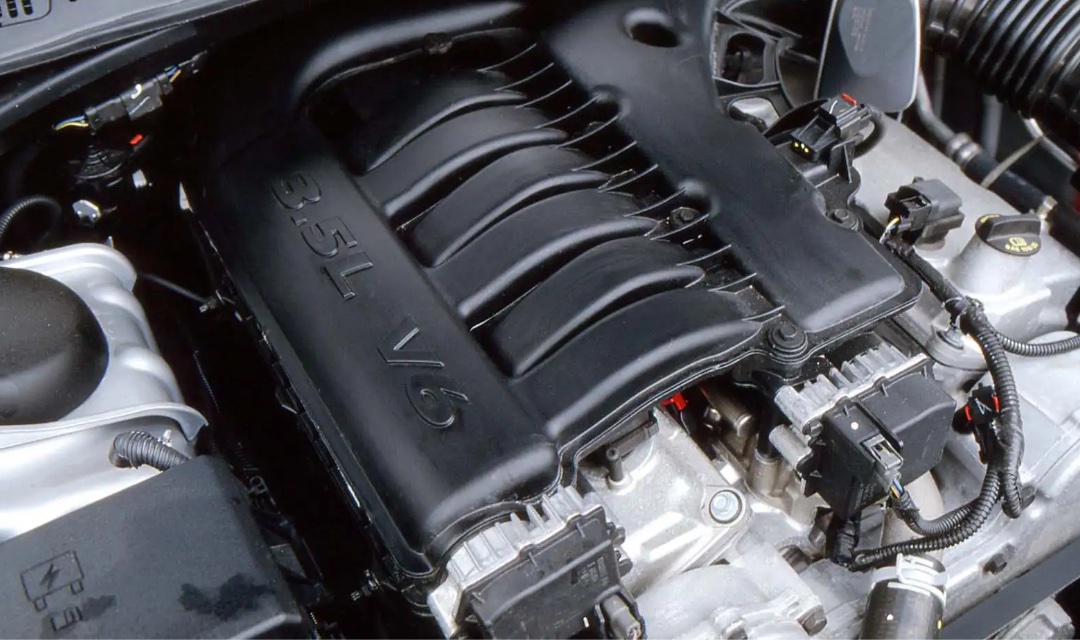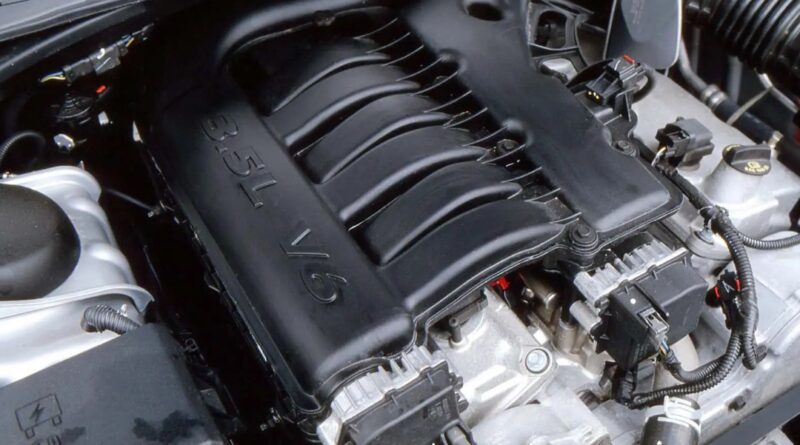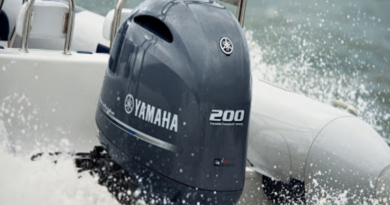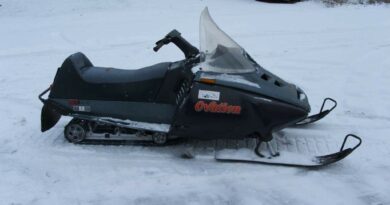Chrysler 300 Won’t Start

When we talk about a Chrysler 300 that won’t start, we are referring to a frustrating situation where the engine fails to activate, turn on, or fire up, causing the Chrysler 300 engine to remain dormant. It leaves owners puzzled and concerned, wondering what could be causing this setback that prevents the Chrysler 300 engine from beginning to work.
There are several common factors that can cause a Chrysler 300 engine not to start. It is essential to identify these potential culprits accurately. From a weak battery and corroded or loose battery connections to a faulty starter, faulty coil(s) or control unit, incorrect spark plug gap, contamination in the fuel system, faulty fuel pump, or incorrect engine timing, each of these issues can hinder the engine’s ignition process.
The purpose of this article is to provide you with a comprehensive guide to diagnose and resolve the no-start issue in your Chrysler 300. By following the steps outlined here, you will gain the knowledge and tools necessary to investigate and address the causes that prevent the Chrysler 300 engine from firing up and cause it to begin to work once again.
So, let’s explore the main reasons why a Chrysler 300 won’t start and learn the solutions that will help you diagnose and overcome this frustrating problem, allowing you to activate, turn on, and fire up your Chrysler 300’s engine once more.
DIAGNOSIS AND TESTING – ENGINE DIAGNOSIS – INTRODUCTION
Engine diagnosis is a crucial step in identifying the causes of malfunctions that may not be detected and resolved through routine maintenance. While this article provides a comprehensive guide to common reasons for a Chrysler 300 engine not starting, it’s important to note that there may be other issues at play that require additional tests and diagnostic procedures.
For specific engine malfunctions that cannot be isolated using the outlined steps, further investigation may be necessary. Additional tests and diagnostic procedures can provide valuable insights into the root cause of the problem. Here are a few examples of such diagnostic methods:
- Cylinder Compression Pressure Test: This test measures the compression pressure in each cylinder to assess the overall health and integrity of the engine’s internal components.
- Cylinder Combustion Pressure Leakage Test: By analyzing the combustion pressure leakage in the cylinders, this test helps identify potential issues with valves, piston rings, or cylinder head gaskets.
- Engine Cylinder Head Gasket Failure Diagnosis: This diagnosis involves examining the cylinder head gasket for signs of failure or leaks that could affect the engine’s performance.
- Intake Manifold Leakage Diagnosis: This diagnostic procedure focuses on detecting any leaks or issues within the intake manifold, which can impact the air-fuel mixture and engine combustion.
Keep in mind that these additional tests and diagnostic procedures require specialized tools and expertise. If you encounter persistent issues with your Chrysler 300 engine not starting despite following the steps provided in this article, it is recommended to consult a professional mechanic or automotive service center. They will be able to perform the necessary tests and provide accurate diagnoses for more complex engine malfunctions.
DIAGNOSIS AND TESTING – ENGINE WILL NOT START
When faced with a Chrysler 300 engine that refuses to start, there are several potential causes to consider. Let’s delve into each possible cause and the corresponding corrective actions needed:
- Weak Battery: A weak battery can significantly impede the starting process. To address this issue, start by checking the battery voltage using a multimeter. If the voltage is low, recharge the battery or replace it if necessary.
- Corroded or Loose Battery Connections: Over time, battery terminals can accumulate corrosion or become loose, resulting in poor electrical contact. To rectify this, clean the battery terminals thoroughly using a battery terminal cleaner or a mixture of baking soda and water. Additionally, ensure that the connections are tight and secure. Applying a coat of light mineral grease to the terminals can help prevent future corrosion.
- Faulty Starter: A malfunctioning starter can prevent the engine from cranking and starting. To determine if the starter is faulty, check for any clicking noises when turning the key. If you suspect a faulty starter, it is recommended to have it professionally inspected and replaced if necessary.
- Incorrect Spark Plug Gap: Improper spark plug gap can hinder ignition and cause the engine to fail to start. Consult the vehicle’s manual or spark plug specifications to ensure the correct gap. If needed, adjust the gap accordingly using a spark plug gap tool.
- Dirt or Water in the Fuel System: Contaminants in the fuel system, such as dirt or water, can disrupt fuel flow and prevent proper combustion. It is advisable to clean the fuel system thoroughly and replace the fuel filter. Additionally, consider using a fuel system cleaner additive to remove any remaining deposits.
- Faulty Fuel Pump, Relay, or Wiring: A malfunctioning fuel pump, faulty relay, or wiring issues can disrupt fuel delivery to the engine. Inspect the fuel pump, relay, and associated wiring for any signs of damage or malfunction. If necessary, have a professional mechanic diagnose and repair the fuel pump or related components.
It is essential to note that these potential causes and corrective actions are general guidelines. In some cases, additional diagnostics or repairs may be required, and it is recommended to consult a qualified mechanic or automotive technician for a thorough inspection and accurate diagnosis.
By addressing these possible causes and performing the necessary corrective actions, you increase the likelihood of resolving the no-start issue in your Chrysler 300 and getting the engine up and running smoothly once again.
COMPATIBILITY AND ENGINE INFORMATION
The information provided in this article is specifically intended for the 2005 through 2010 Chrysler 300, 300C, and SRT-8 models equipped with the following engines:
- 2.7L V-6 cyl. DOHC 24 Valve MPI Gasoline
- 3.5L V-6 cyl. High Output 24 Valve MPI Gasoline
- 5.7L V-8 cyl. Gasoline
- 2.7L V-6 cyl. DOHC 24 Valve MPI Gasoline
- 5.7L V-8 cyl. HEMI Multiple Displacement Gasoline
If you own a Chrysler 300, 300C, or SRT-8 from the model years 2005 to 2010 and your engine falls within one of the above-listed specifications, the information provided in this article is tailored to your vehicle. It will assist you in diagnosing and addressing the potential causes preventing your specific Chrysler 300 engine from starting.
Please note that if you own a different model year or have a Chrysler 300 with an engine not listed above, the information provided may not be applicable or accurate for your particular vehicle. In such cases, it is advisable to consult the appropriate owner’s manual or seek professional assistance from a qualified mechanic to diagnose and resolve any starting issues with your specific Chrysler 300 model.




